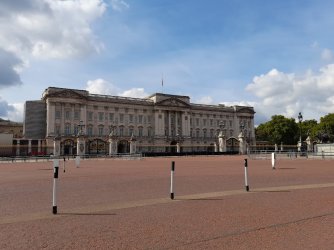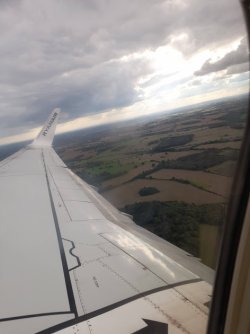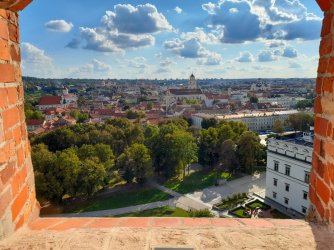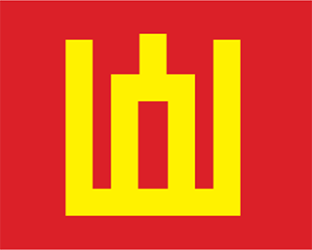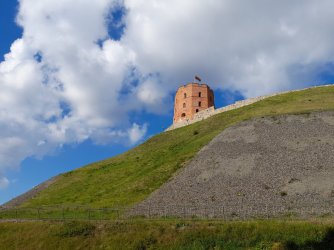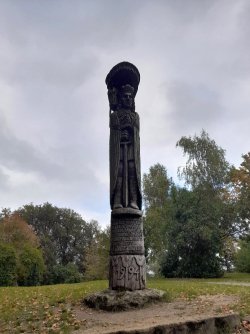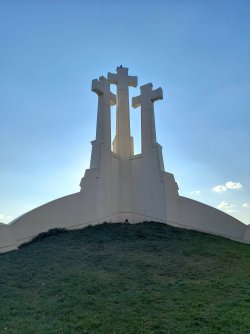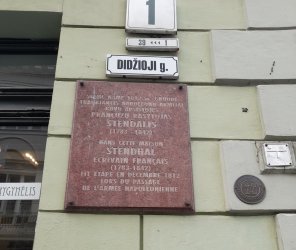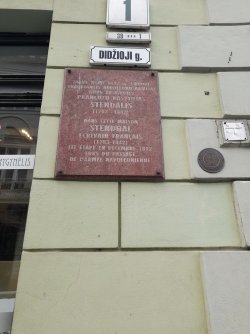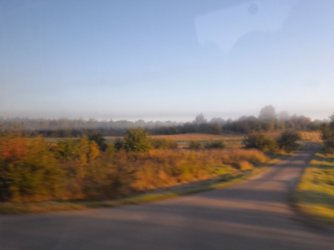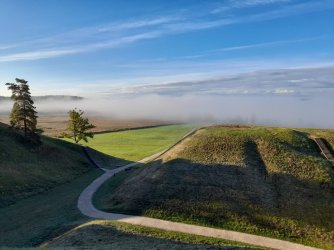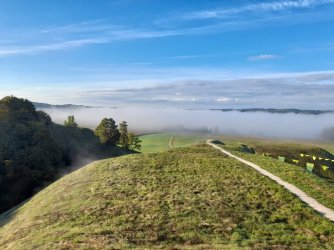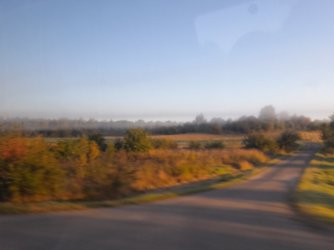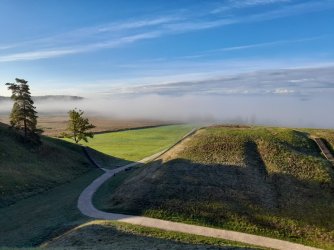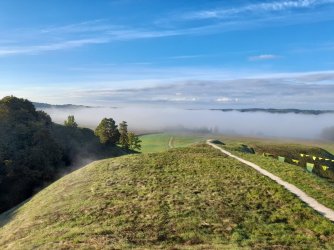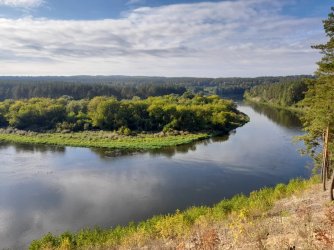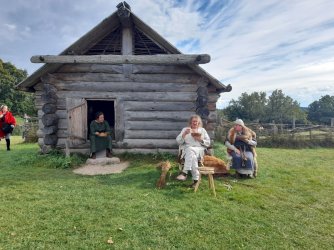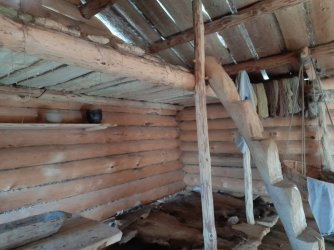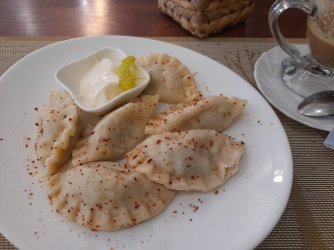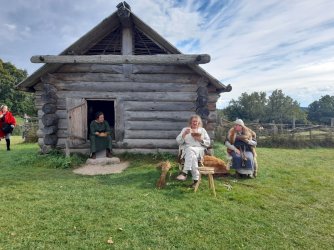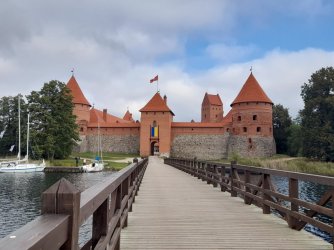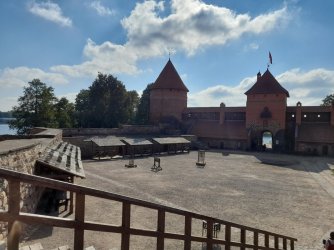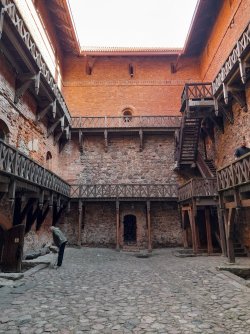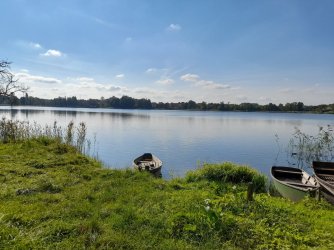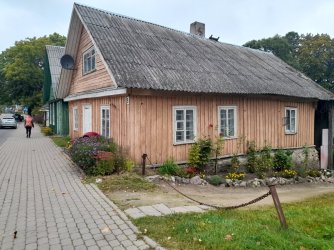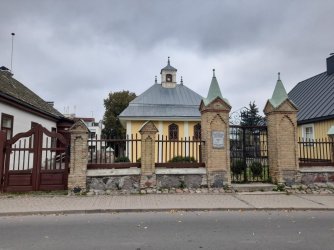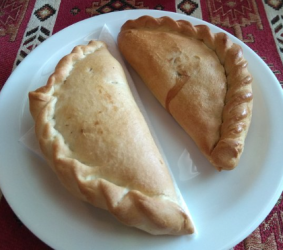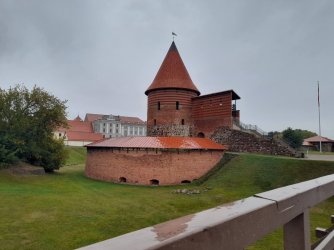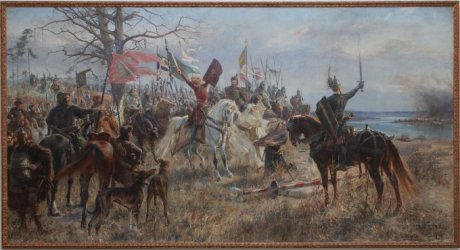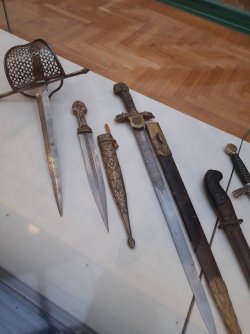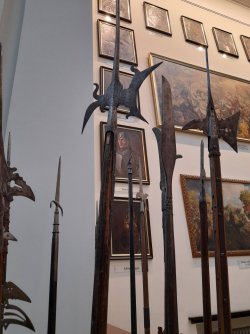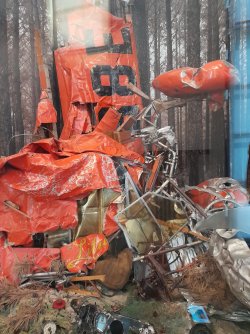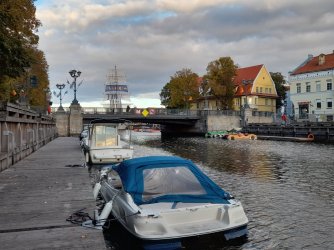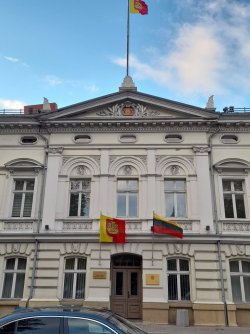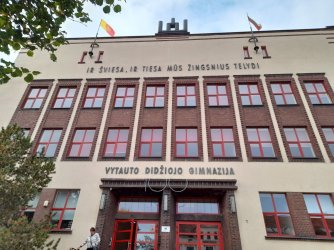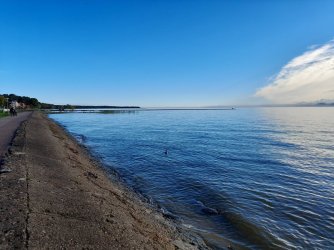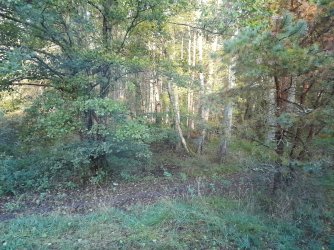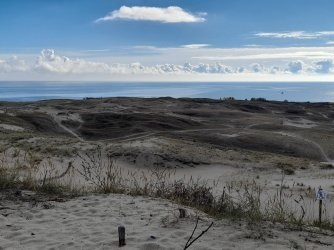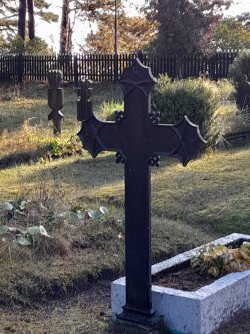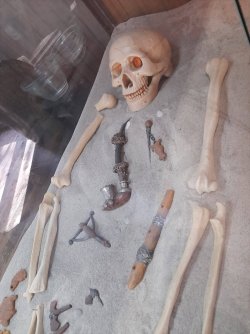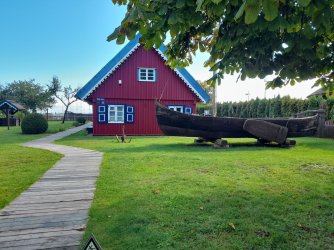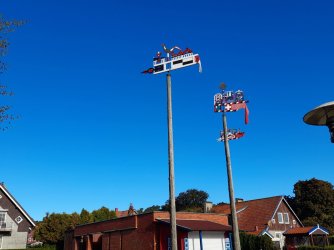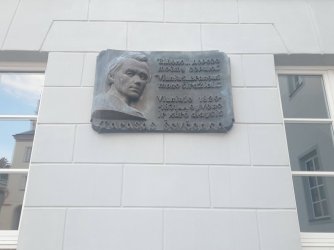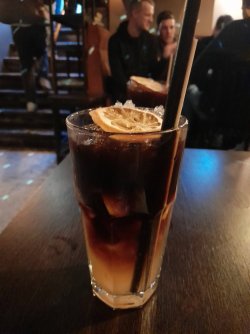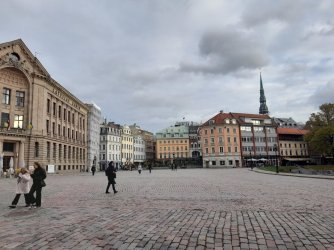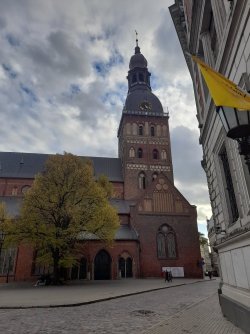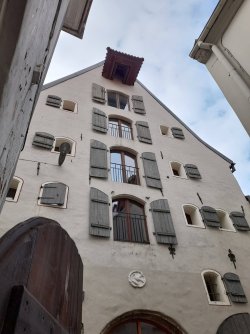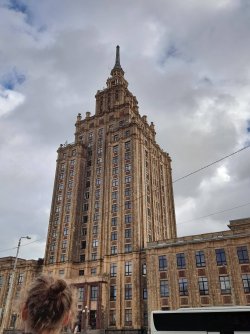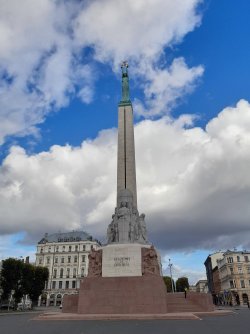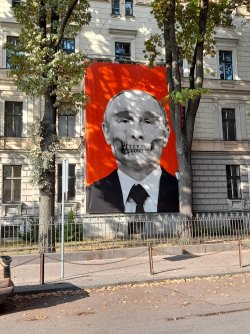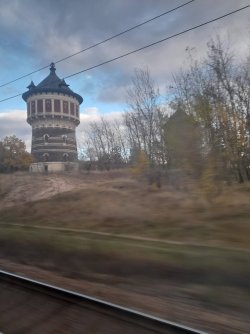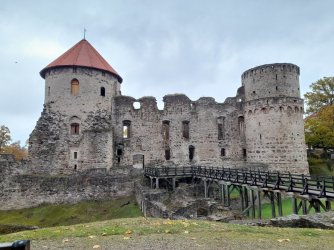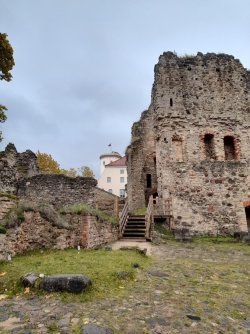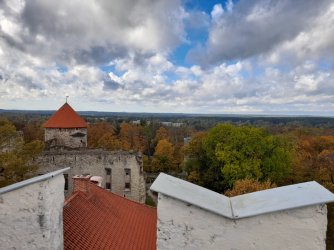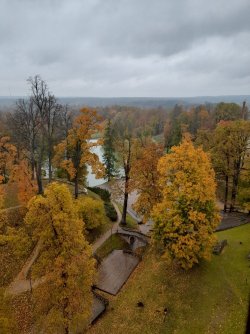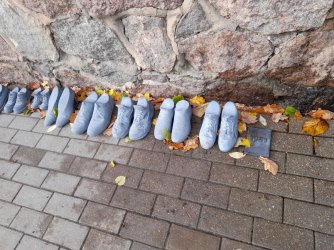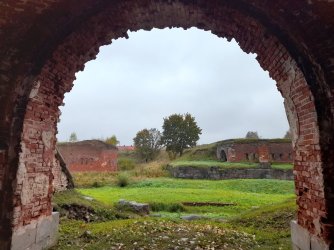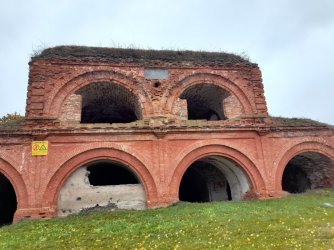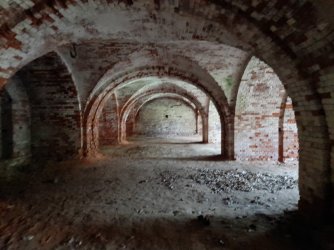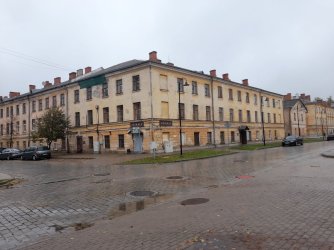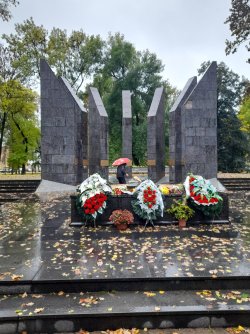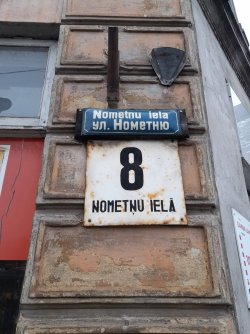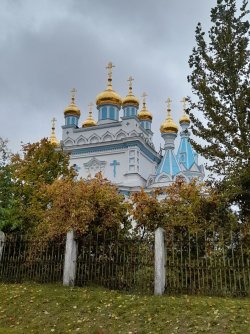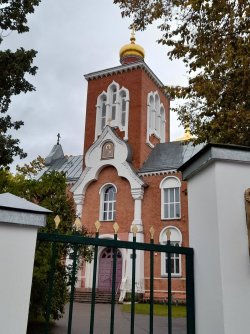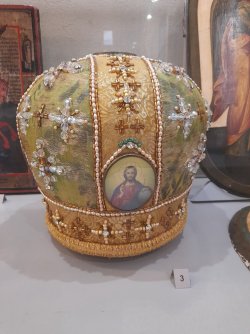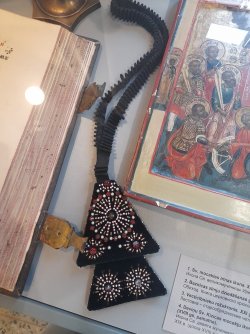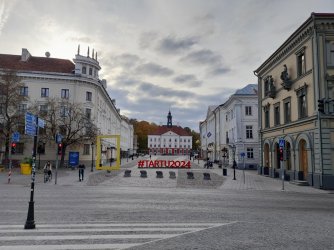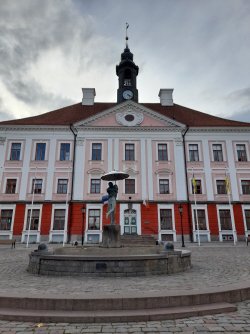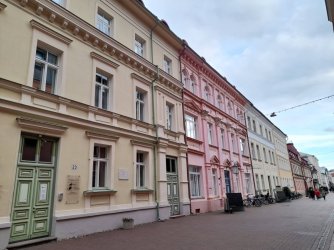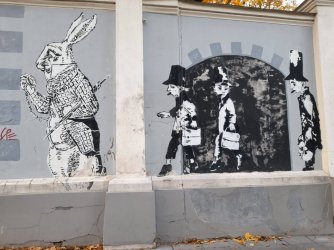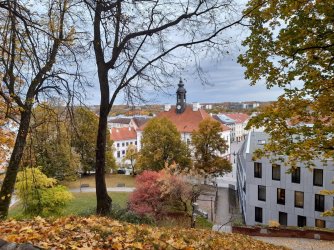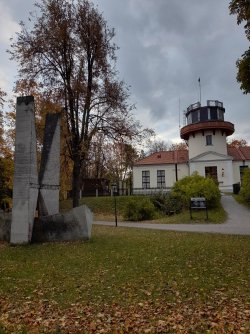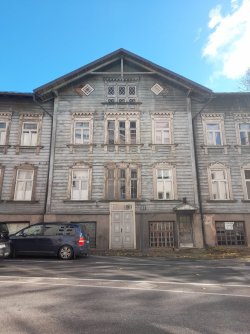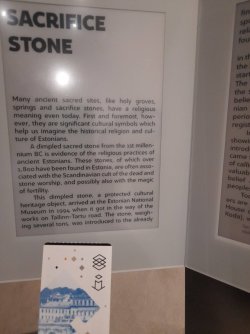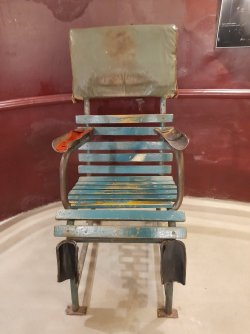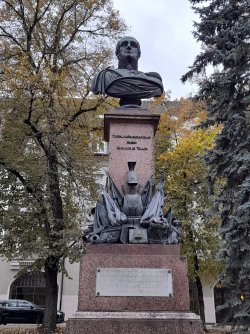kileskus
Intern
- Joined
- Jan 20, 2019
- Posts
- 72
Vilnius – Kaunas – Klaipeda – Riga – Cesis – Tartu – Narva – Tallinn (and some small towns in between)
This is a write-up for a trip I did in September and October. I’ve been living in my hometown Montréal on sabbatical so that’s where it originates and ends.
Most of my leisure travel since the pandemic has been on Canada’s national railway (VIA Rail). I might do a thread of mini-reports for those trips and talk about VIA’s loyalty program. Having gone coast-to-coast as well as north to the ‘polar bear capital of the world’ (though sadly it was the wrong season for bears), I'm in the highest tier of their loyalty program.
So this was my first real international trip since Jan 2020 and I planned for it like I'd never travelled before. The title’s not just kitschy alliteration – I didn't pack appropriate clothes, nearly missed my flight out of Montréal, family business popped up, and I often chose the day an attraction was closed to go there. But I hope you learn something from this and that it inspires you to visit the Baltics if you haven’t already; I think it’s a great destination for culture, history, alcohol, and European comfort at a much lower price.
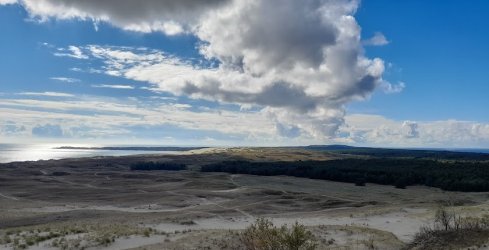
The view of the Lithuanian Baltic Sea and a bit of Kaliningrad, from the sand dunes of the Curonian Spit
I’ll also add some linguistic notes. I started, but didn’t finish, a degree in linguistics, and was particularly interested in comparative linguistics and the relationship between geographic boundaries and what I call socio-linguistic boundaries, the situations in which certain languages are used or taboo. You can skip these if you’re not interested, but anyone who would like to discuss the languages more or has their own observations, please comment!
This is a write-up for a trip I did in September and October. I’ve been living in my hometown Montréal on sabbatical so that’s where it originates and ends.
Most of my leisure travel since the pandemic has been on Canada’s national railway (VIA Rail). I might do a thread of mini-reports for those trips and talk about VIA’s loyalty program. Having gone coast-to-coast as well as north to the ‘polar bear capital of the world’ (though sadly it was the wrong season for bears), I'm in the highest tier of their loyalty program.
So this was my first real international trip since Jan 2020 and I planned for it like I'd never travelled before. The title’s not just kitschy alliteration – I didn't pack appropriate clothes, nearly missed my flight out of Montréal, family business popped up, and I often chose the day an attraction was closed to go there. But I hope you learn something from this and that it inspires you to visit the Baltics if you haven’t already; I think it’s a great destination for culture, history, alcohol, and European comfort at a much lower price.

The view of the Lithuanian Baltic Sea and a bit of Kaliningrad, from the sand dunes of the Curonian Spit
I’ll also add some linguistic notes. I started, but didn’t finish, a degree in linguistics, and was particularly interested in comparative linguistics and the relationship between geographic boundaries and what I call socio-linguistic boundaries, the situations in which certain languages are used or taboo. You can skip these if you’re not interested, but anyone who would like to discuss the languages more or has their own observations, please comment!



